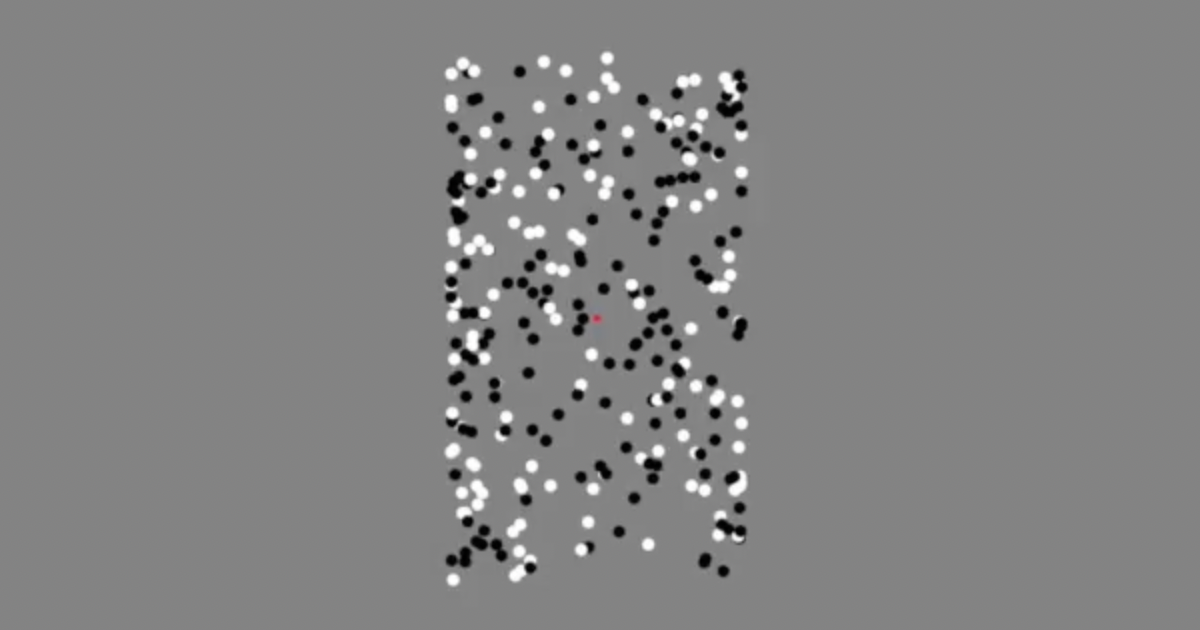
The more we learn about autism, the more adults begin to suspect that there might have been a diagnosis related to their personal struggles all this time.
In fact, some say this optical illusion can let you know straight away if talking to your doctor about autism could be in the cards.
A new study published in eLife claims that changes in pupil size as they look at this particular optical illusion correlates with having autistic traits.
It wouldn’t be used for a diagnosis, but simply as a tool that could help you assess the likelihood of a person falling on the spectrum.
The illusion in question is a three-dimensional cylinder spinning, and it works by taking advantage of how pupils change size when you’re looking at light or dark images.
How you perceive this illusion predicts your Autism-Spectrum Quotient? and is reflected by pupil diameter changes during perceptual switching.. https://t.co/r1sf0MHSz2 @eLife Pupillometry reveals perceptual differences that are tightly linked to autistic traits in typical adults pic.twitter.com/f2jCieL9wL
— David Margolis (@MargolisLab) March 6, 2018
Then, they can track attention by giving a rough idea of where they’re focusing on the screen.
In the gif, a sheet of white dots moves one direction while a sheet of black dots moves in the other direction. For a majority of people, the illusion is of a three-dimensional rotating cylinder.
People who are more detail-focused tend to look at only one color of dots at a time, flicking between them. Their pupils will oscillate in size.
People who look at the image as a whole, though, have pupils that remain constant.
Study participants were also asked to complete a questionnaire before looking at the image, and those who scored higher were more likely to have autistic traits.
The Eyes Have It For Autism Diagnosis:
Quantitating the eye pupillary reflex response in children and teens may help to screen for autism. #autism #pupillaryreflex #pupillometry pic.twitter.com/PWl0AtpxEr— Dr. Howard Smith Reports (@DrHSmithReports) August 25, 2022
Researchers found that those whose pupils oscillated while looking at the illusion also scored higher on the questionnaire. They believe this could have to do with the fact that people on the spectrum are more likely to pay attention to individual sets of dots rather than the image as a whole.
This is pretty cool.
I think the more we understand about how people’s brains work, the better for all of us.
If you thought that was interesting, you might like to read about a second giant hole has opened up on the sun’s surface. Here’s what it means.